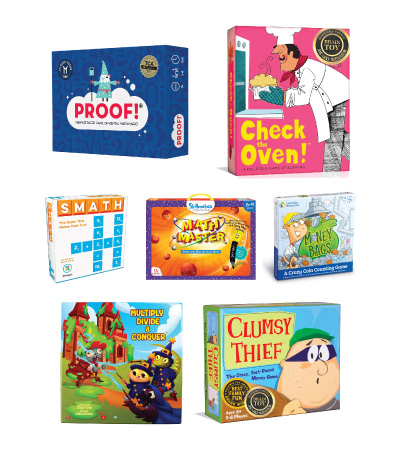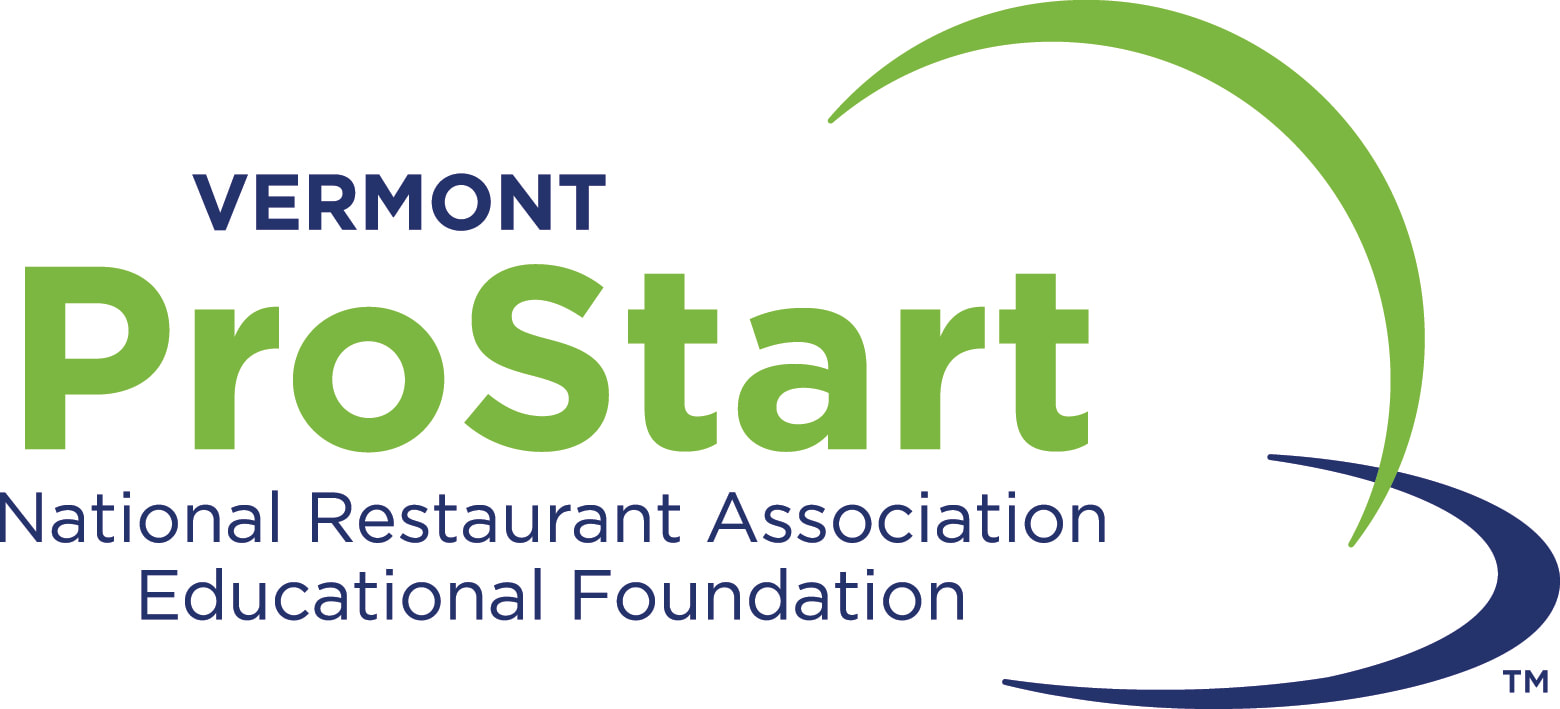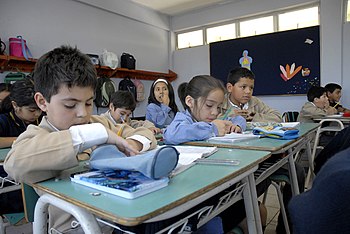
Prep schools, secondary schools that prepare students in preparation for higher education, are called prep schools. They are available in private, public and parochial schools. Preparation schools aim to help students plan for a successful life. Prep schools have different curriculums, but there are common characteristics. All schools share the same characteristics: smaller class sizes, independent learning environment, Music and Fine Arts programs.
Small classes
Smaller classes have many benefits for children. These benefits go beyond increased test scores and student engagement, and include increased likelihood of continued academic and life success. A smaller class also has a positive effect on socioeconomic factors, such as lower crime rates and less dependency on welfare. In addition, students in smaller classes are more likely to attend college. This is especially true of students who come from low-income or underrepresented families.
Teachers are able to provide more personalized attention to students by keeping class sizes smaller. Teachers can better address student needs and provide more time for students to complete assignments. This gives students more personalized attention, which is essential for learning.

Programs in music and fine arts
Prep schools that offer music and fine arts programs often foster friendships between students. Depending on the school, students may take beginning, intermediate, or advanced classes. Students can choose to take entry-level classes that teach the basics of theory and techniques. Intermediate and advanced classes allow them to develop their analytical and artistic skills.
In addition to educating students about their craft, some schools also offer rigorous academics. Baltimore School for the Arts for example, offers college preparation courses and discipline. Its goal is to give graduates the best possible springboard for their future. Appearance and interview are requirements for admission. Academic credits are not required for admission, but students who excel in the arts should be motivated to study hard.
Scholarships
There are a variety of scholarship opportunities for students who want to attend prep schools. Although most of these schools have a financial aid department, there are also many external scholarships. Many schools offer merit and athletic scholarships. These scholarships may be eligible for an application. Others require a specific GPA and/or athletic achievement.
Scholarships are available to students in their senior or junior years of high school. To be eligible for these awards, students must have a minimum GPA 3.0. They can provide tuition up to $90,000. While most schools require that applications be submitted by a certain date, some schools may allow for more flexibility.

Independent learning environment
Independent schools provide a personalized and multi-disciplinary education environment that is more tailored to students. Teachers have complete control over the design of curriculums to suit their teaching style and student needs. In addition, they can use their preferred methods of assessing student achievement. Faculty members also receive professional development opportunities. Faculty members also have the opportunity to receive professional development opportunities. Small classes and low student-teacher ratios encourage close relationships between students and instructors. Students also have ample opportunities to develop their interests and skills outside of the classroom.
Teachers can model and encourage independent learning in a variety of ways. They can give feedback about student work. This allows them to identify and improve their confidence. To supplement their learning, they can offer after-school support. By participating in after-school learning activities, pupils demonstrate their willingness to take control of their learning goals and motivation.
FAQ
Are there any skills that are required to excel in my chosen area?
A good level of written communication is essential if you want to be a lawyer. You must communicate well with patients if you wish to become a nurse. You will need to be able to use math skills to become an accountant. These are just two examples. Think about all the activities that you enjoy. What type of job can you do to keep doing what you love? If you want to be an engineer, you'll need to learn how to design structures and machines. In order to excel in this area you will also need to master basic math. A basic understanding of numbers and statistics is necessary to succeed in business. Communication skills are essential for teachers and other professions. You will need to have the ability to help others learn and to teach them.
What are the main types of early education?
There are many ways to describe early childhood education. These are the most popular:
-
Preschool - Children ages 2 to 5
-
PreKindergarten- Children from 4-6 years of age
-
Head Start/Headstart for Children Ages 0-3
-
Day Care/ Daycares: Children 0-5
-
Child Care Centers: Children from 0-18
-
Family Child Care – Children aged 0-12
-
Homeschooling for children ages KG-16
How long does it take to become an early childhood teacher?
A bachelor's degree is required in early childhood education. It takes approximately four years. You will spend two years taking general education courses required by most universities.
After finishing your undergraduate degree, you'll usually be accepted into graduate school. This step allows for you to specialize in one area of study.
You could, for example, choose to study learning disabilities or child psychology. You must apply for a teacher preparation program after you have completed your master's degree.
This process will take another few years. This is a time when you will learn real-world skills from experienced educators.
Finally, you will need to pass state exams before you can officially begin working as a teacher.
This process can take many years. Therefore, you won't immediately be able jump into the workforce.
Do you think it is difficult to be a teacher
Being a teacher is a huge commitment. It will require you to dedicate a lot of time to your studies.
While completing your degree, you can expect to work approximately 40 hours per week.
In addition, you will need to find a job that fits your schedule. Many students report having trouble finding part-time jobs that allow them to balance their schedules with schoolwork.
Once you land a full-time position, you will likely be responsible for teaching classes during the day. You might even be required to travel to other schools throughout the week.
How do I select my major?
Students choose their majors by their interests. Because they find it easier to study something they love, some students choose to major on a subject that they really enjoy. Others are interested in a career where there are few jobs. Others decide to major because they want to earn money while studying. Whatever your reason, you should think about what type of job you would like to have after graduation.
There are many ways to get information about different fields of study. Talk to your family and friends about their experiences. Check out newspapers and magazines for possible careers. Talk with a guidance counselor at your high school to ask about possible careers. Visit your community center or library to find out more about Career Services. Check out books related to various topics at your library. You can search the Internet for information about specific careers.
What is a Trade School?
People who are not able to succeed at traditional higher education institutions can earn a degree through trade schools. They offer career-focused programs which prepare students to pursue specific careers. These programs usually require two years of coursework. Students who enroll in them then move on to a paid apprenticeship program. Here they learn a job skill, and also receive training. Trade schools include vocational schools, technical colleges, community colleges, junior colleges, and universities. Associate degrees are offered by some trade schools.
Statistics
- Think of the rhetorical power of nineteenth-century abolitionist Harriet Beecher Stowe, Martin Luther King, Jr., or Occupy Wall Street activists with their rallying cry of “we are the 99 percent.” (bostonreview.net)
- “Children of homeowners are 116% more likely to graduate from college than children of renters of the same age, race, and income. (habitatbroward.org)
- In most developed countries, a high proportion of the population (up to 50%) now enters higher education at some time in their lives. (en.wikipedia.org)
- They are more likely to graduate high school (25%) and finish college (116%). (habitatbroward.org)
- Globally, in 2008, around 89% of children aged six to twelve were enrolled in primary education, and this proportion was rising. (en.wikipedia.org)
External Links
How To
what is vocational education?
Vocational education is an educational program that prepares students to work after high school and college. It teaches them specific skills for specific jobs (such as welding). It includes training on the job in apprenticeship programs. Vocational education differs from general education because it focuses on preparing individuals for specific careers rather than learning broad knowledge for future use. Vocational education does not prepare students for university, but it helps them find work after graduation.
Vocational education can be offered at any level of schooling: primary, secondary, college, university, technical institutes and trade schools. There are many schools that specialize in specific subjects, such as nursing schools (law schools), medical schools, dental school, veterinary medicine and firefighting schools. Many of these provide both academic instruction and practical experience.
Over recent decades, there have been significant investments made in vocational education by many countries, including Australia, Denmark (Finland), Germany, Ireland and Japan. The effectiveness of vocational training is still a controversial topic. Some critics believe it doesn't help students get hired, while others claim that it helps prepare them for life after high school.
According to the U.S. Bureau of Labor Statistics 47% of American adults have a postsecondary certificate. This percentage is higher among those with higher education. 71% percent of the 25-29 year olds with a bachelor's degree are currently working in fields that require postsecondary credentials.
The BLS reported that almost half the adult population of the country had at least one form of postsecondary credential as of 2012. About one-third of Americans held a two-year associate degree, while about 10 percent held a four-year bachelor's degree. One fifth of Americans have a master's, or doctorate.
The median annual salary for people with a bachelor's was $50,000. This compares to $23,800 for those who don't have a degree. The median wage for advanced degrees holders was $81,300.
The median income for those who have not completed high school was just $15,200. For those who did not complete high school, the median annual salary was only $15,200.